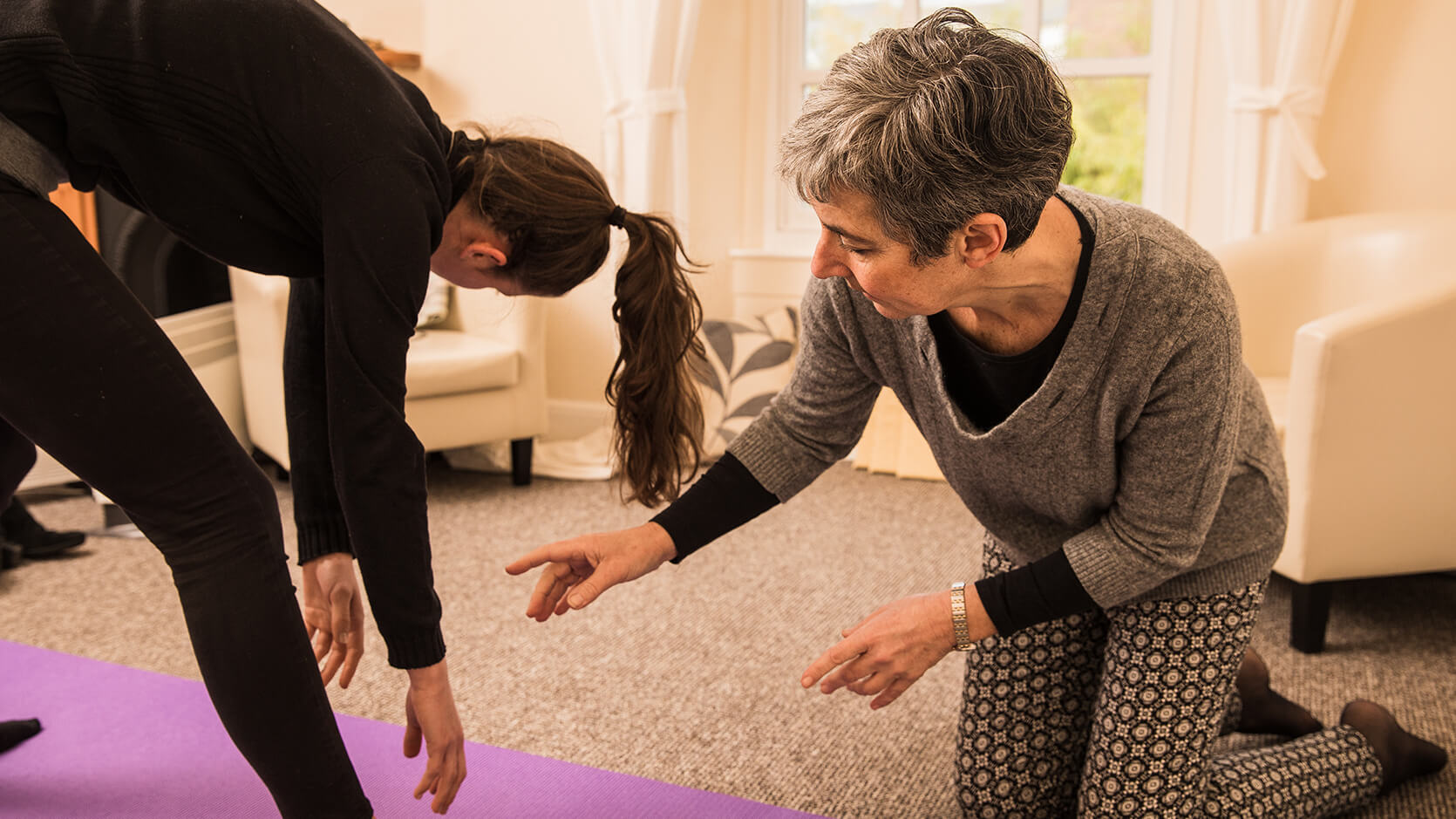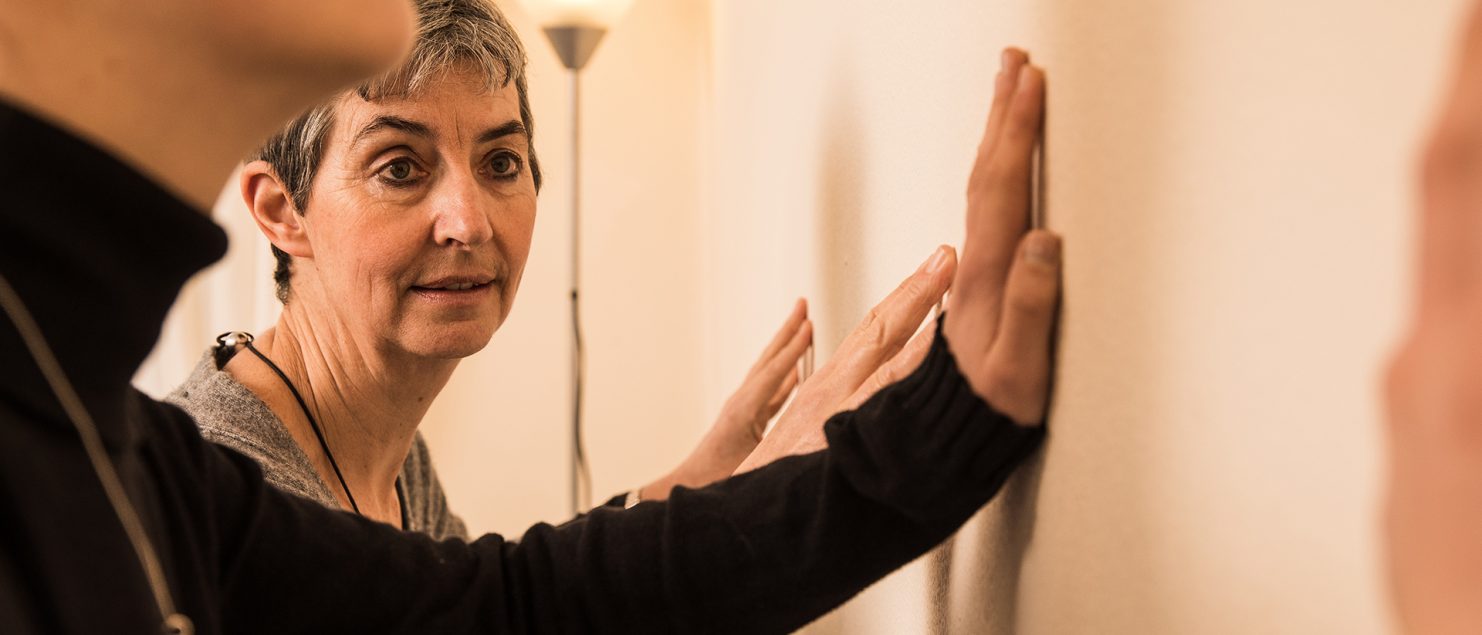TRE®
What is TRE®?
TRE® stands for Tension & Trauma Release Exercises. It was founded by Dr David Berceli, who also refers to it as the Trauma Release Process ™.
Dr Berceli spent many years living and working in some of the world’s most troubled places, be it by human conflict or natural disaster.
He developed an understanding of how we react under stress or in traumatic situations and, through TRE®, he found a way to activate the body’s natural recovery mechanism.
TRE® recognises the healing potential of the body’s natural tendency to tremor and shake. Animals routinely do this following a traumatic experience, for example, being hunted in the wild, or being scared of a visit to the vet.
As humans we can do this too, but over time we have misunderstood it and attached unhelpful meanings to it, such as ‘weak’ ‘embarrassing’ or ‘worrying’. So we often try to suppress this natural healing response, rather than recognise it as the body’s way of regulating itself.
Benefits of TRE®
Even when they understand it, clients new to TRE® often say ‘this feels weird!’ This is possibly because the tremors are coming from a part of our brain that is not under our conscious control, and yet at the same time, we are being encouraged to notice and to describe the experience.
When we tremor and shake in this way, we are releasing tension held in muscles and connective tissue called fascia. This calms down the nervous system and restores balance. It promotes a feeling of well-being.
TRE® is suitable for working with deeply held trauma as well as everyday tensions. It is not necessary to name or talk about any specific experience or memory. The neurogenic tremors will naturally spread to the areas of the body that are holding the tension or trauma.
Some widely reported benefits of TRE® are:
- Reductions in symptoms of PTSD, trauma, panic, anxiety, stress, depression
- Relief from chronic pain and somatic ailments
- Improvements in sleep, energy, emotional resilience, relationships
TRE® can be practised in one-to-one therapy sessions, in groups, and ultimately, as a well-being tool, individually at home.
TRE® sessions

So how does it work? We’ll do a series of simple ‘warm-up’ exercises that gently stretch and tire a range of muscles. This prepares the body for the tremor or shake response, which is done lying on your back on a yoga mat for comfort.
Before we do this, and after this brief introduction, I’ll be asking you whether you have any injuries or known medical, physical or psychological conditions which would need to be taken into consideration before embarking on TRE®.
The tremors will be happening without you consciously directing them, and so it is important that you feel safe and not overwhelmed by the experience. We shall therefore learn and practise how to self-regulate. This will include techniques for grounding, slowing down, pausing and stopping the process. I will be alongside you throughout offering support and containment. In time, you will learn how to practice TRE® safely on your own at home, and will be able to use it as a self-help tool, and as a way to promote your well-being.
The Trauma Release Process™ is an effective complementary practice when professionally and safely integrated with other therapies, such as traditional counselling and psychotherapy and EMDR.
Loraine is a Certified TRE® Provider. You can find her listed with TREforAll and TRE College.
